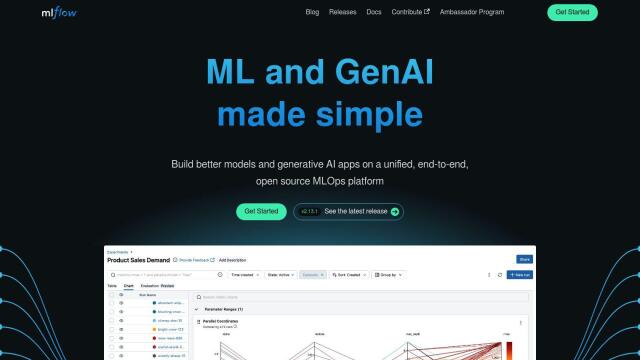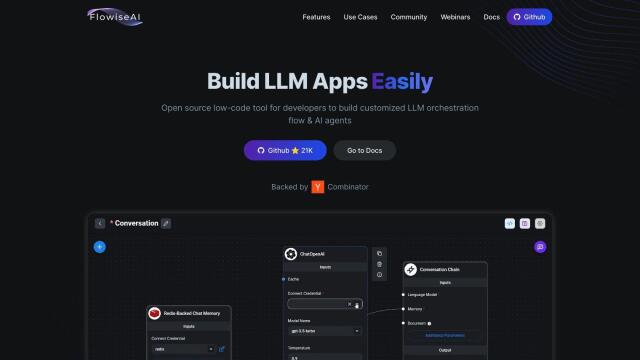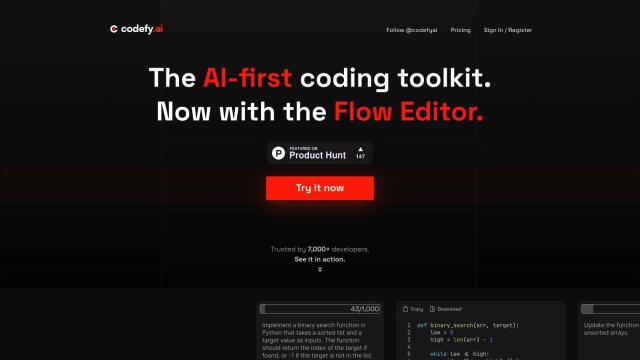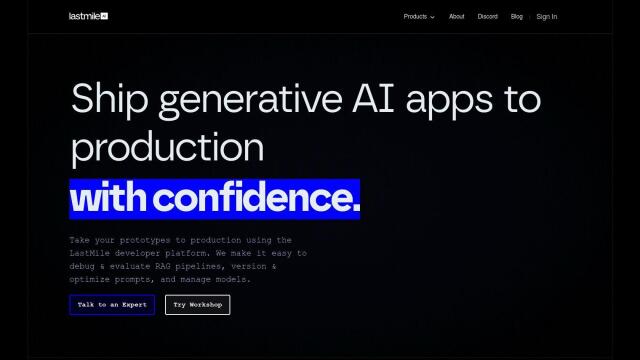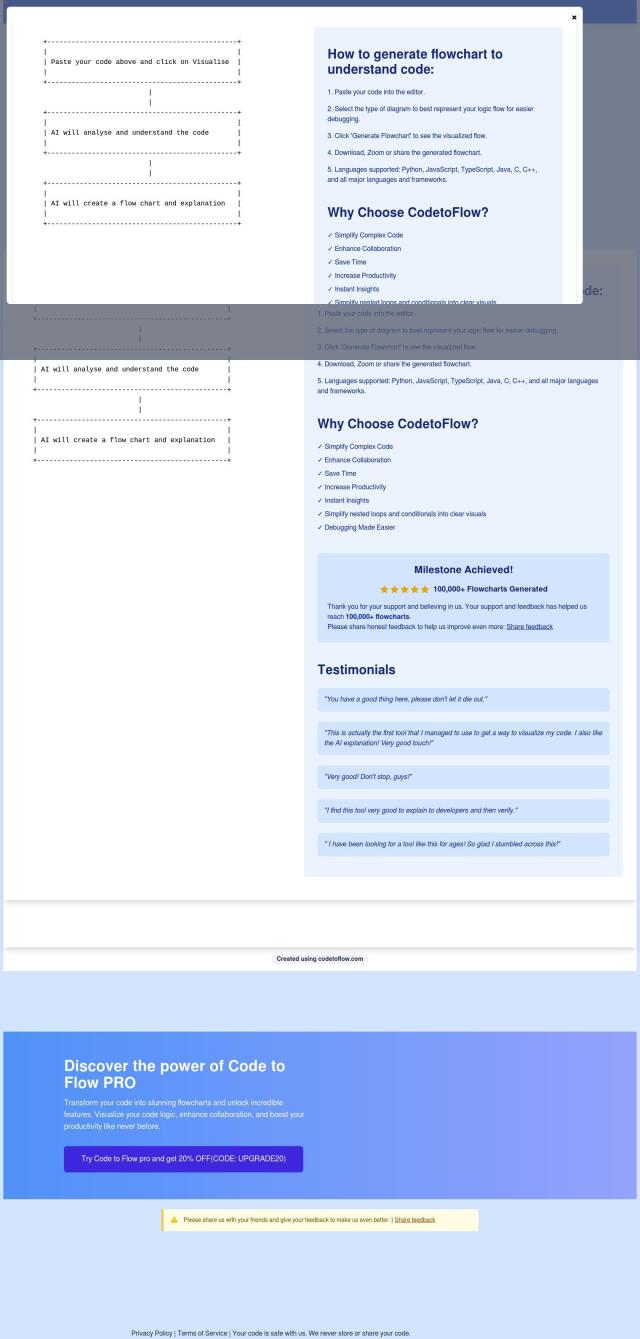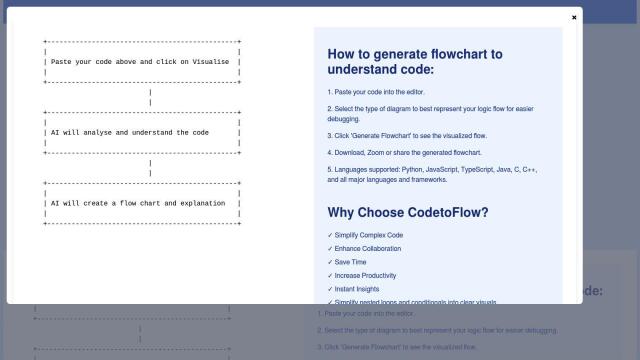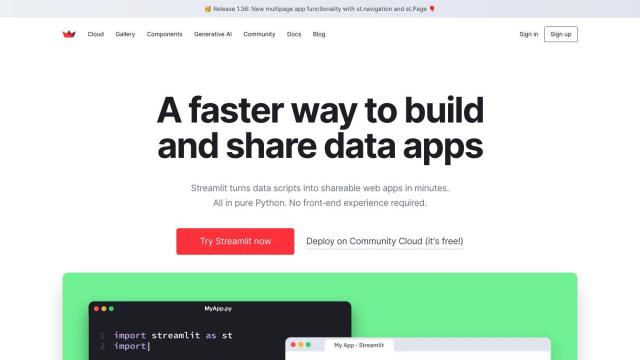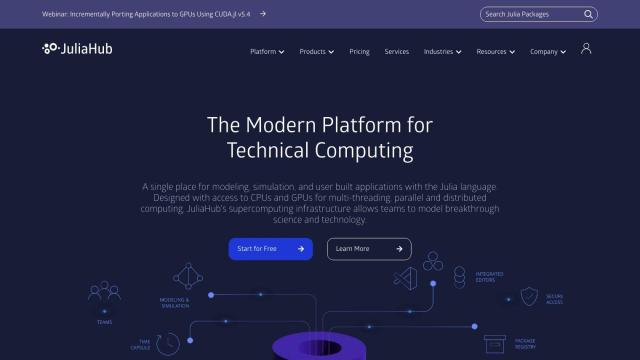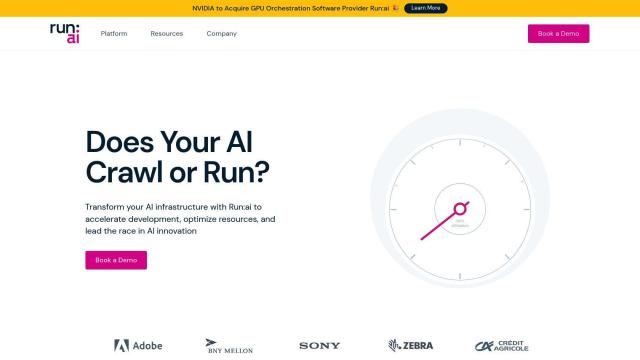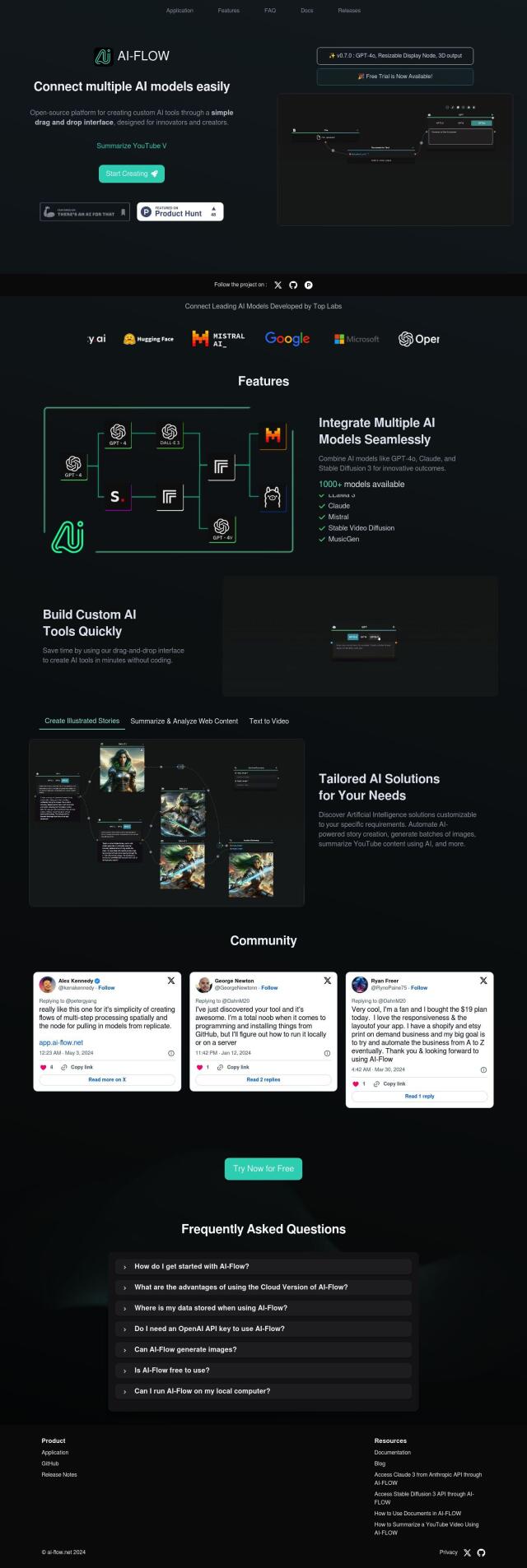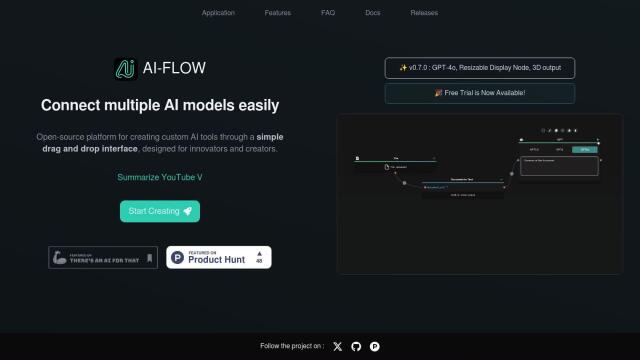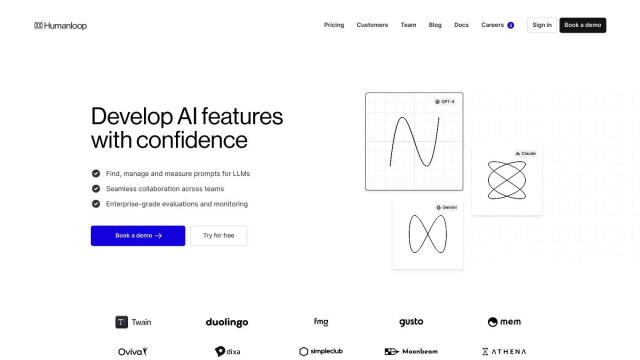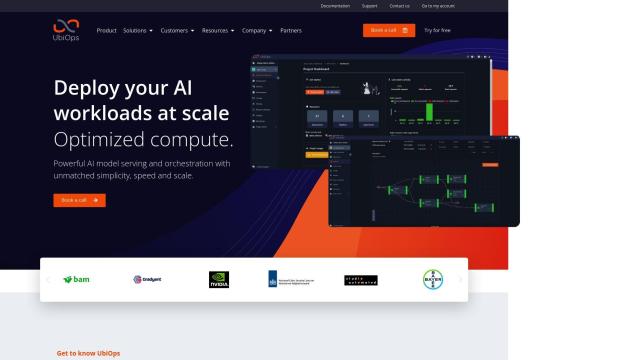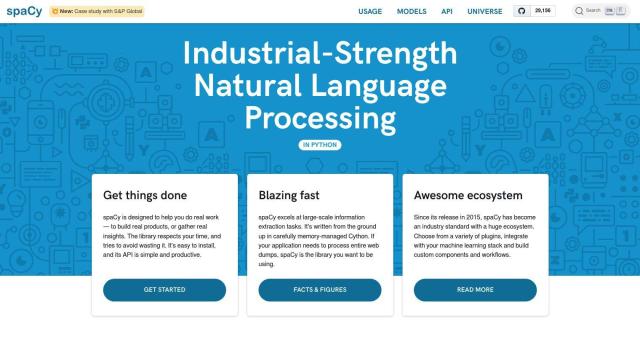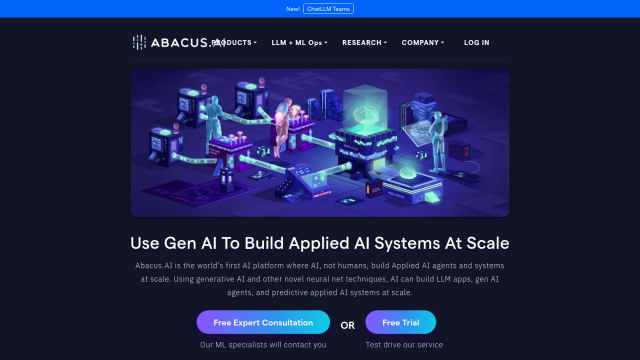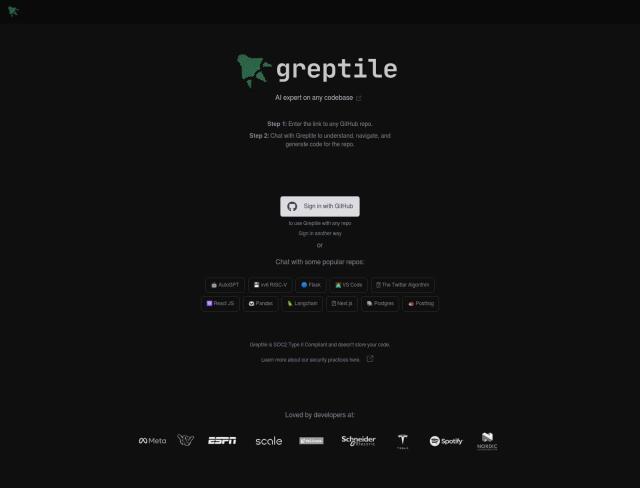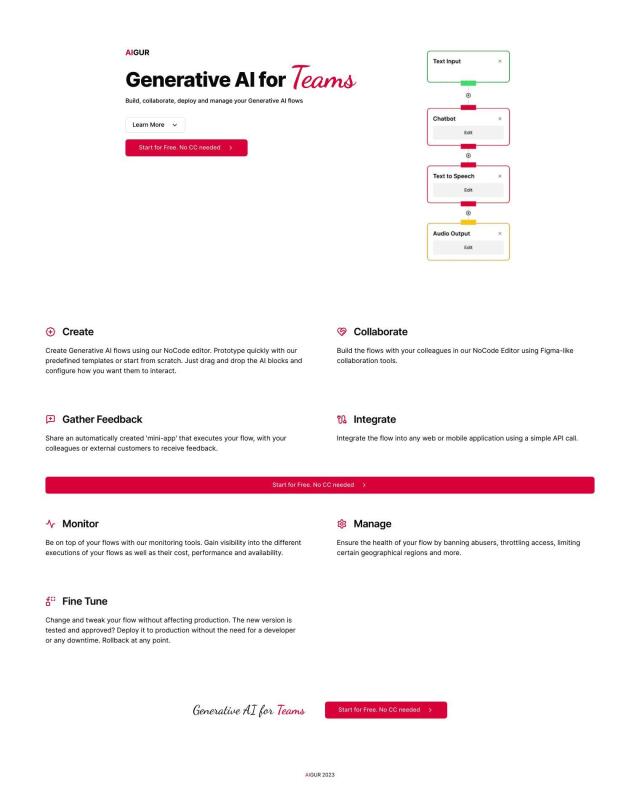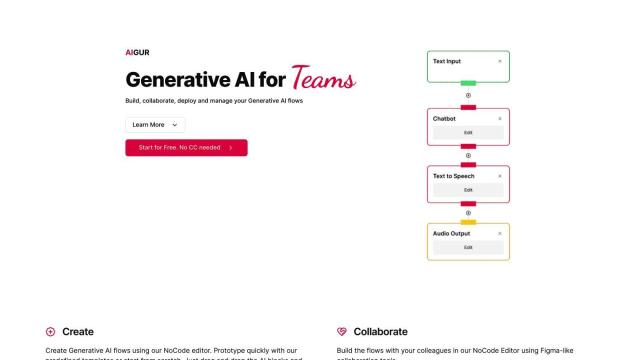Question: Is there a Python framework that allows for easy integration of control flow statements into forward computation without breaking backpropagation?
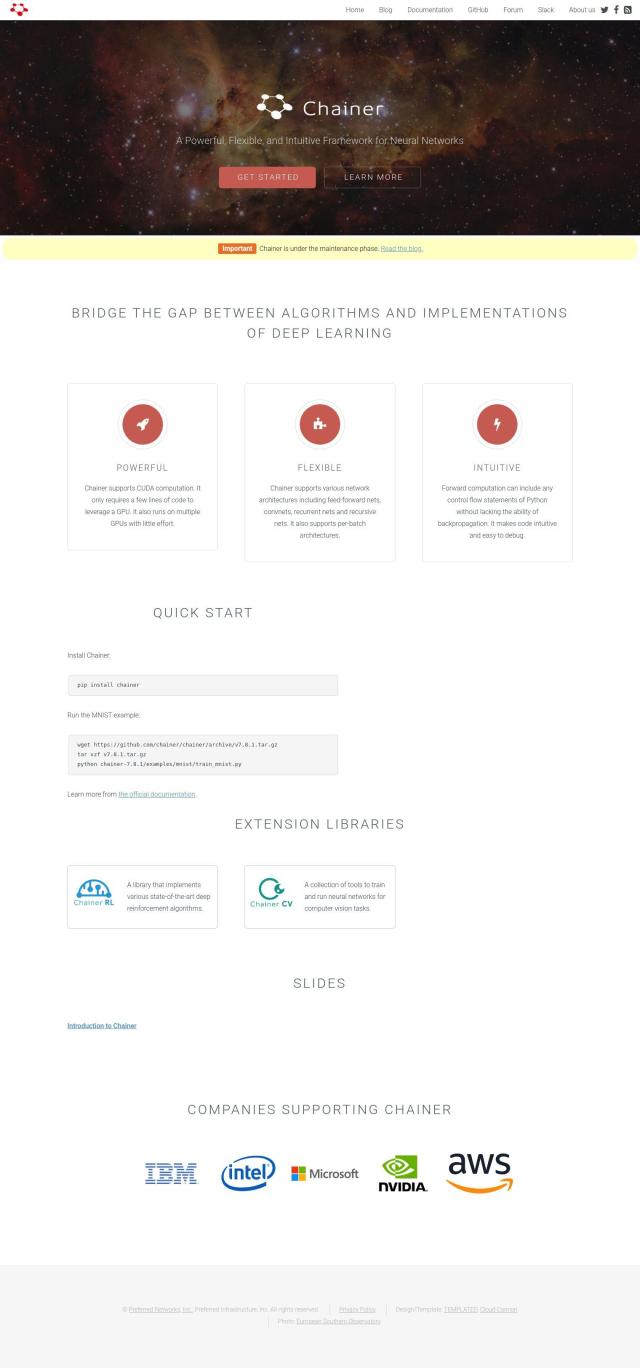
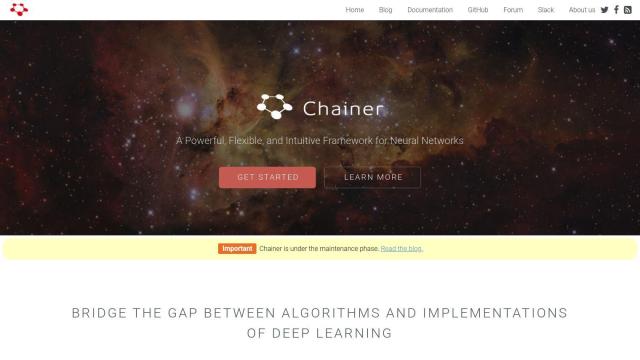
Chainer
If you're looking for a Python framework that lets you easily inject control flow statements into forward computation without breaking backpropagation, the Chainer framework is definitely worth a look. Chainer is a high-level, flexible neural network framework that supports many network architectures. You can inject Python control flow statements into forward computation, which makes your code easier to understand and debug. Chainer also supports CUDA computation, multi-GPU processing, and many architectures like feed-forward nets, convnets, and recurrent nets, so it's a good all-purpose deep learning framework.


PyTorch
Another good option is PyTorch, a flexible and powerful machine learning framework with a user-friendly interface and a wealth of libraries for tasks like computer vision and natural language processing. PyTorch lets you switch between eager and graph modes with TorchScript, which lets you inject control flow statements into forward computation without breaking backpropagation. It also has scalable distributed training and performance optimization, so it's good for both rapid prototyping and large-scale production use.


TensorFlow
If you prefer a more traditional approach, you might want to look at TensorFlow. TensorFlow is an open-source, end-to-end machine learning platform that offers a flexible environment for developing and running machine learning models. It offers multiple levels of abstraction, including the high-level Keras API and eager execution for immediate iteration and debugging. TensorFlow supports distributed training and is widely used in many industries, so it's a good choice for any machine learning task.
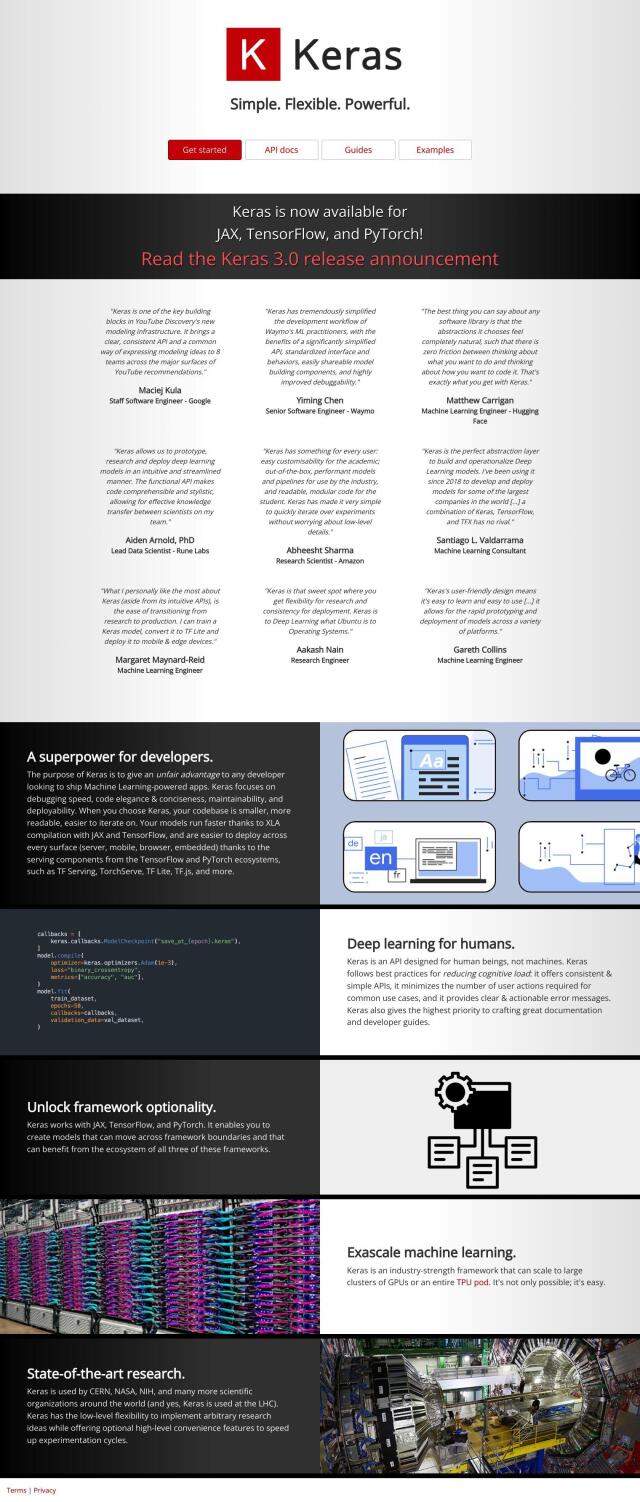
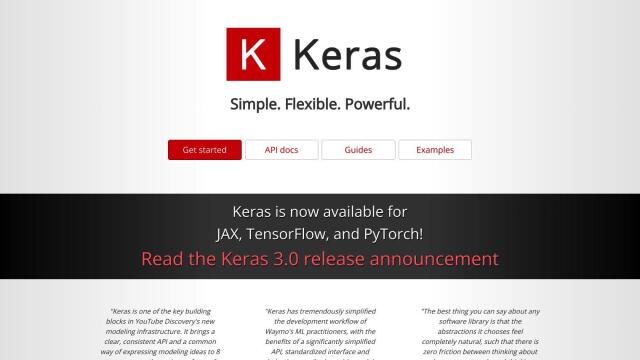
Keras
Finally, Keras is another API you should consider. Keras is designed to be fast to code and debug, with a focus on elegance and maintainability. It can run on many backend frameworks like TensorFlow and PyTorch, so it's flexible and scalable for large-scale industrial use. Keras has abundant documentation and tutorials, as well as hundreds of code examples, so it's easy to experiment and get started with many deep learning tasks.

